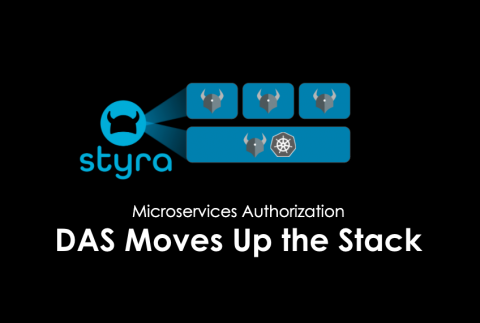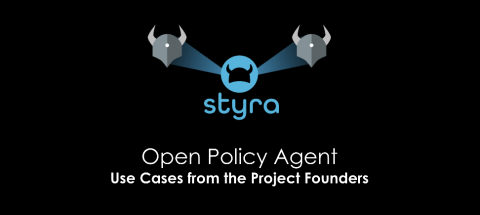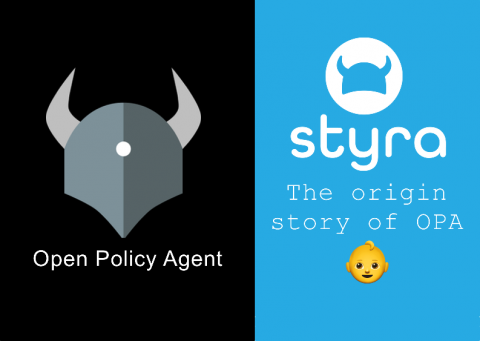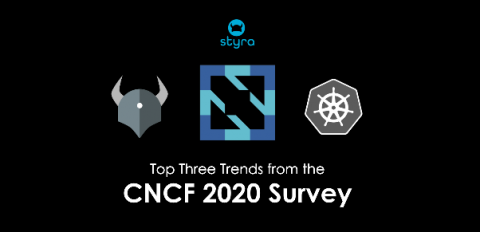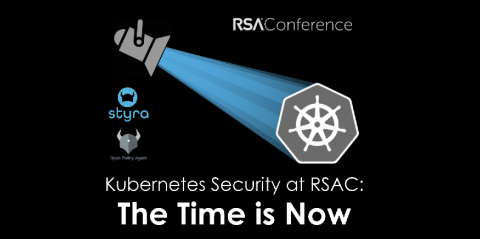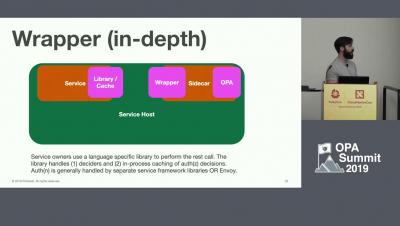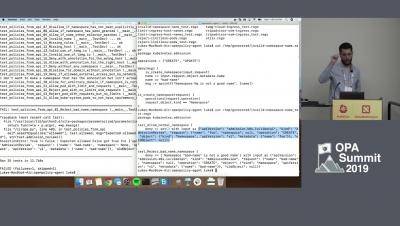Open Policy Agent user survey validates need for cloud native authz
We recently surveyed the Open Policy Agent (OPA) community to gauge use case adoption, pain points and generally help guide the project. The recent survey results reflect how much the community has grown over the past year. This time we received 204 responses from over 150 organizations across North America, Europe, Asia, Australia and Africa. Over 90% of respondents indicated they are in some stage of OPA adoption (e.g., pre-production, production, etc.).



